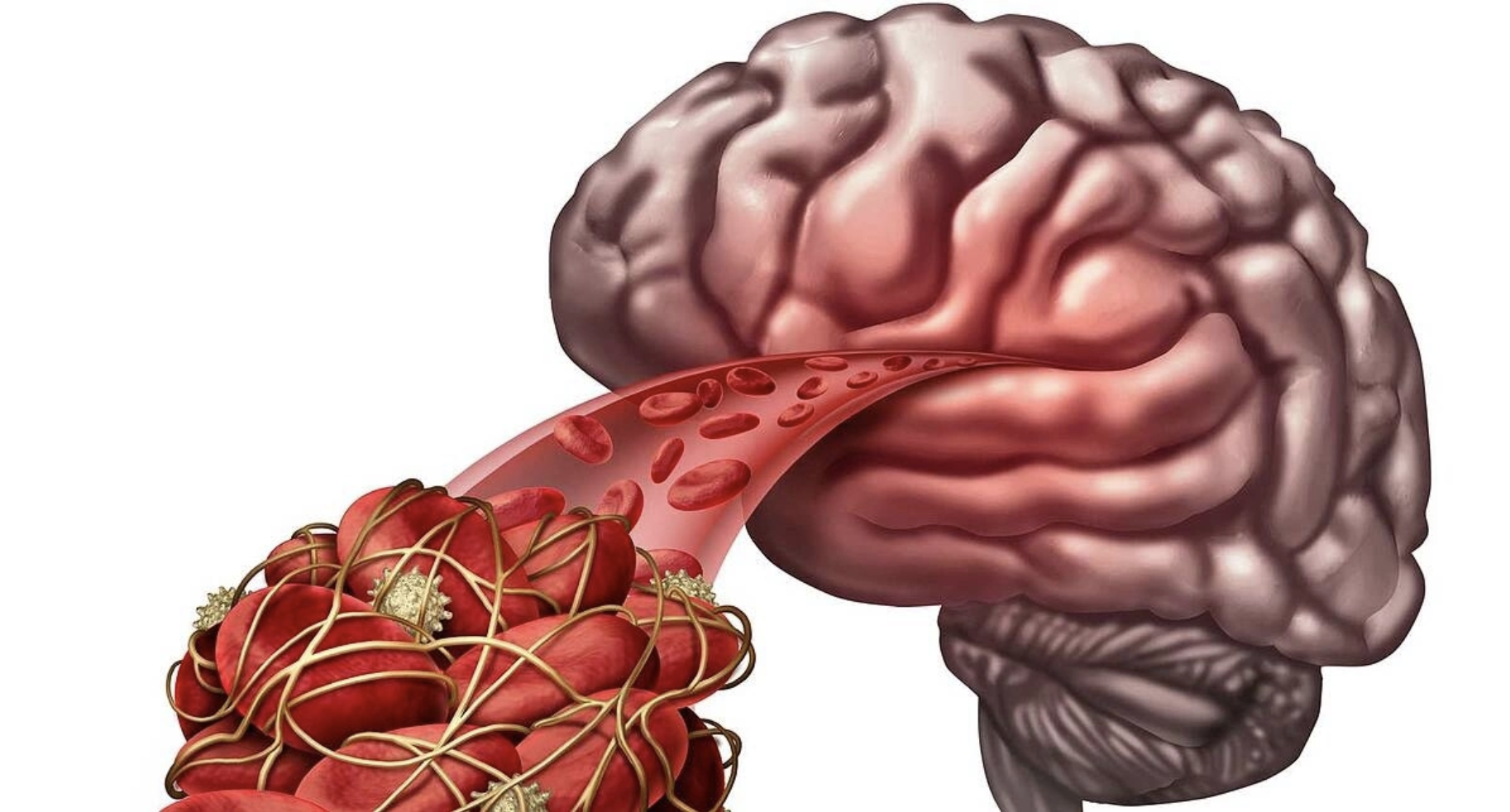Blood clots don't always announce themselves with obvious symptoms. They often form silently, only making their presence known when they cause serious problems like heart attacks, strokes, or deep vein thrombosis (DVT). While some symptoms, such as leg swelling or chest pain, are well-known, others are more insidious and easily dismissed as fatigue or muscle cramps.
Early recognition of these subtle signs can make a significant difference. Here are 7 easily overlooked blood clot symptoms:
A sudden, unexplained cough. A blood clot in the lungs, known as a pulmonary embolism (PE), can trigger a sudden, dry cough. In some cases, the cough may produce blood. This cough typically doesn't respond to cough syrups or lozenges because the underlying cause isn't in the throat, but in the lungs.
One cold foot or hand. A blood clot obstructing blood flow to a limb can reduce circulation, making one hand or foot unusually cold while the other remains normal. This temperature difference can be subtle but is worth noting, especially if accompanied by tingling or numbness.
Sudden vision changes in one eye. A blood clot in an artery supplying blood to the eye can lead to blurry vision or even vision loss in one eye. This symptom may last only a few minutes, but even a brief episode can indicate a transient ischemic attack (TIA).
 |
Illustration of a blood clot blocking a blood vessel in the brain. Image: Premier Brain and Spine |
Pain when breathing or shoulder discomfort. A blood clot in the lungs can cause sharp pain when taking a deep breath. Sometimes, the pain can radiate to the shoulder or upper back, often mistaken for muscle pain. In reality, it's the lungs reacting to reduced oxygen flow.
Red, itchy skin on one leg without a rash. A developing blood clot in a deep vein can inflame the overlying skin, causing redness, itchiness, and a warm sensation, without any visible rash or hives. This typically occurs on only one leg.
Unexplained jaw pain or tightness. In some cases, blood clots related to heart problems, such as a heart attack, can manifest as jaw discomfort. While chest pain is the classic sign, some individuals, particularly women, experience more subtle warning signs, including pressure or tightness around the jaw or neck.
Swelling behind the knee or in the groin. Blood clots can hide in less obvious locations, such as behind the knee or even in the pelvic region. If swelling develops in these areas, especially on one side, and is accompanied by a heavy or aching sensation, it could be a sign of DVT.
My Y (Times of India)












